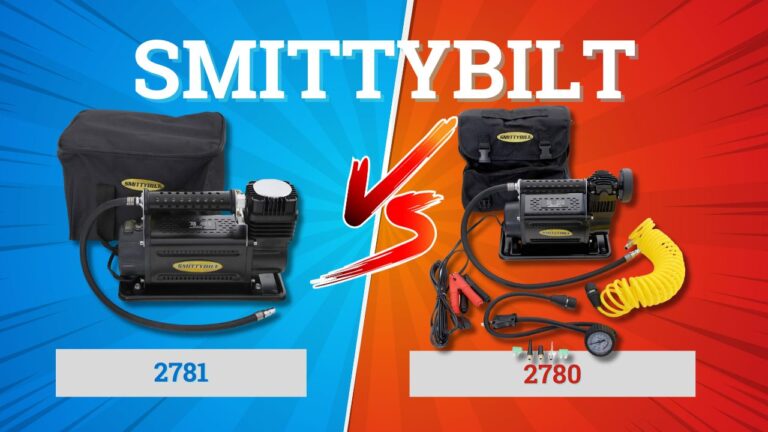Batteries are a critical part of modern life, powering everything from our smartphones to our cars. With so many different types of batteries available, it can be challenging to know which one is right for your needs. In this article, we will be comparing two popular types of batteries, the CR123 and the 18350, to help you understand their strengths and weaknesses. By understanding the differences between these two types of batteries, you can make an informed decision about which one is best for your electronic device. Whether you need a battery with high energy density, long shelf life, or cost-effectiveness, we will explore the features of each battery type to help you choose the best one for your specific needs.
Differences Between CR123 and 18350
First, let’s start with the CR123 battery. This battery is a lithium primary battery, which means it is a non-rechargeable battery. It typically has a voltage of 3 volts and a capacity of around 1500mAh. It is commonly used in high-drain devices such as digital cameras, flashlights, and other electronics.
Check also – CR123 Vs 18650: What Are The Differences?
One of the advantages of the CR123 battery is its high energy density, which means it can store a lot of energy in a relatively small size. This makes it ideal for use in devices that require a lot of power in a small package. Additionally, because it is a primary battery, it has a very long shelf life and can last for years without losing much of its charge.
However, the CR123 battery also has some drawbacks. Firstly, it is not rechargeable, which means that once it has been used up, it must be disposed of properly. This can be both inconvenient and expensive, especially if the device that requires the battery is used frequently. Additionally, the CR123 battery can be relatively expensive compared to other types of batteries, which can be a factor to consider for those who need to purchase them regularly.
Now let’s move on to the 18350 battery. This battery is a lithium-ion battery, which means it is rechargeable. It typically has a voltage of 3.7 volts and a capacity of around 900mAh. It is commonly used in vaping devices, flashlights, and other electronics.
One of the main advantages of the 18350 battery is its rechargeability. This means that it can be used multiple times, making it more cost-effective in the long run. Additionally, the 18350 battery is generally less expensive than the CR123 battery, making it a more affordable option.
However, the 18350 battery also has some drawbacks. Firstly, it has a lower energy density than the CR123 battery, which means it can store less energy in a given size. This can make it less suitable for high-drain devices that require a lot of power. Additionally, the 18350 battery has a shorter shelf life than the CR123 battery and can lose its charge over time if not used regularly.
Conclusion
In conclusion, the choice between the CR123 and the 18350 battery depends on the specific needs of the device being powered. If the device requires a lot of power in a small package, the CR123 battery may be the better option. However, if the device is used frequently and cost-effectiveness is a priority, the 18350 battery may be a more suitable choice. Ultimately, it is important to consider the pros and cons of each type of battery and choose the one that best fits the specific needs of the device in question.




